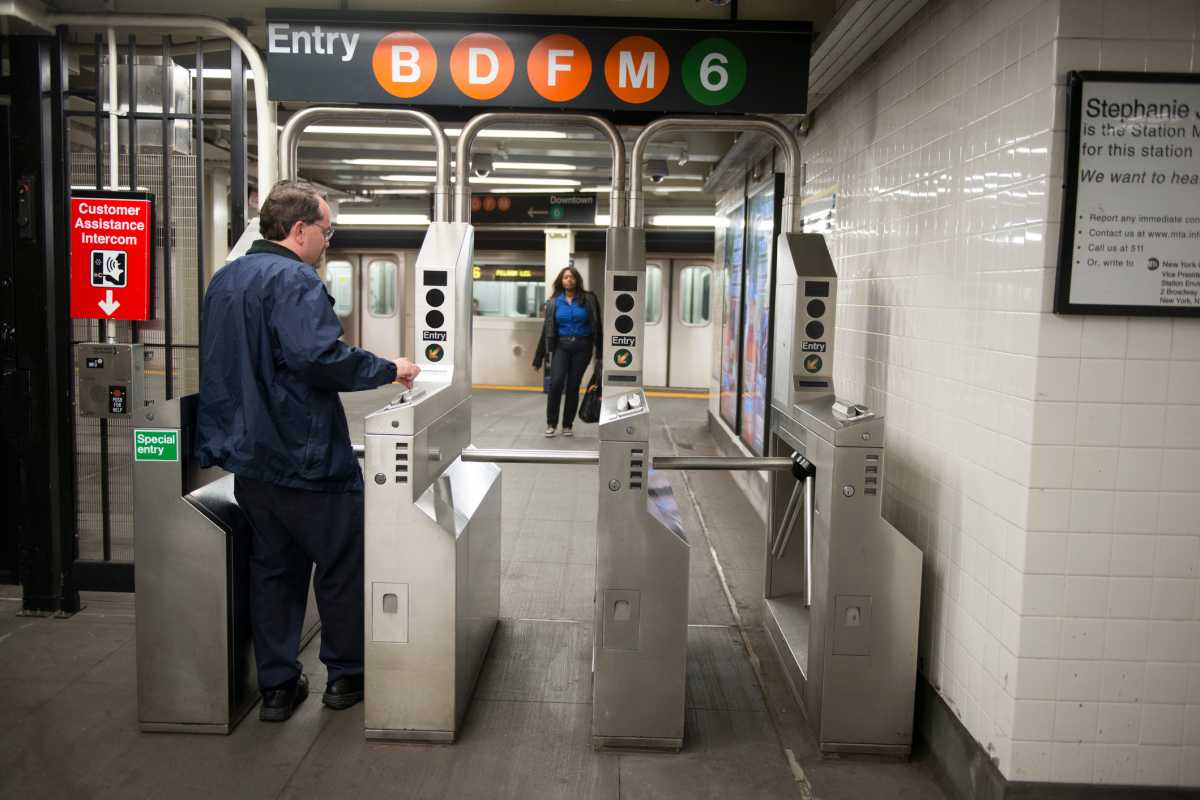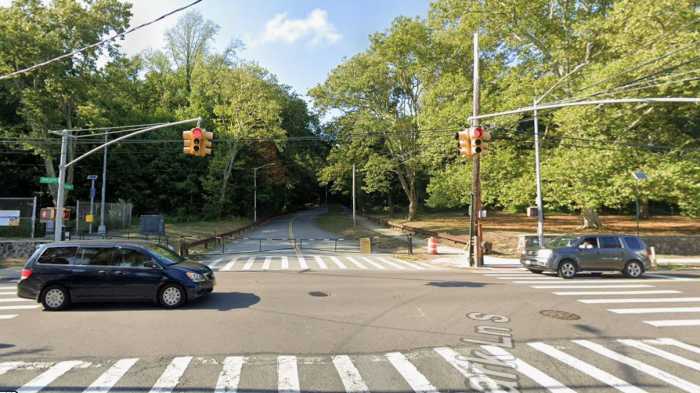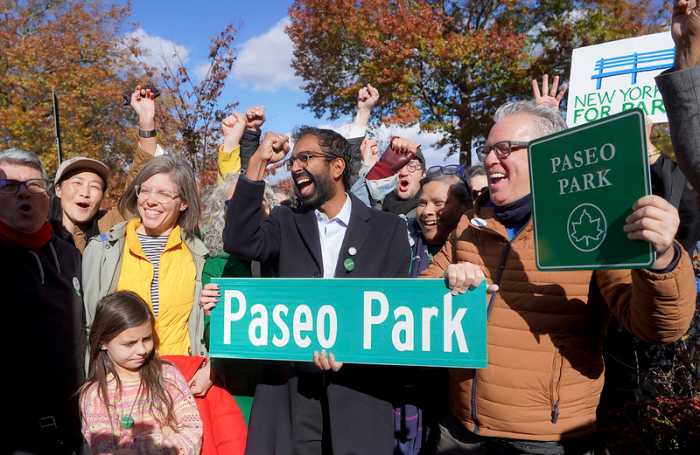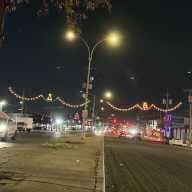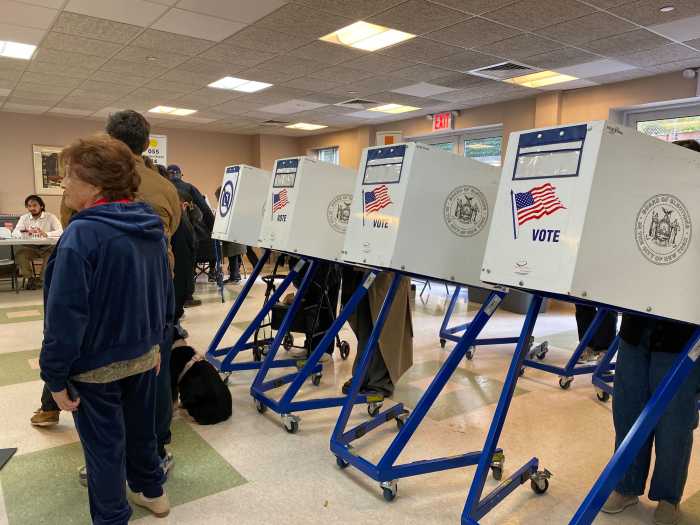By Philip Newman
The Long Island Rail Road says its problem with late trains last year was the worst since 2000, and that a variety of events from winter storms to massive construction projects were among the causes of the delays.
The LIRR’s annual Operating Report for 2015 said 91.6 percent of trains ran on time in 2015, down from 92 percent the prior year. That is the lowest percentage since 2000, when 91 percent of trains in the system ran on time.
The LIRR listed two winter storms as contributing to 2015 delays, one that hit Jan. 26 and another on Feb 2. The January was responsible for 576 late trains, while the February storm caused 484 trains to be late, the LIRR said. A derailment west of Hicksville in September delayed 403 trains.
Sal Arena, an LIRR spokesman, acknowledged that construction contributed to the delays but “over the long term” would “influence trends in a positive way for many years to come.”
The LIRR said the number of canceled trains rose 40 percent, from 843 in 2014 to 1,260 in 2015.
The Port Washington line showed the largest drop in punctuality with 91.8 percent of trains running on time last year compared with 93 percent on time in 2014.
The Montauk, Babylon and West Hempstead lines had better on-time records last year than in previous years.
The railroad is engaged in a major construction project to bring its trains into Grand Central by 2022. Repairs in the East River tunnels, operated by Amtrak, also contributed to delays.
Rush hour trains were on-time 88.9 percent of the time last year, down 89.1 percent in 2014.
The LIRR said the average train delay was 12.9 minutes after the official late arrival time, which is 5 minutes and 59 seconds, up from 12.2 minutes in 2014.
The largest number of late departures—22.7 percent—was caused by passengers, the report said., referring to a typical instance of slow boarding of trains from crowded platforms. Weather followed at 16 percent with police activity not far behind at nearly 13 percent.
“The Long Island Rail Road is not satisfied with recent trends and is working to turn them around,” the railroad said. “But there is reason for optimism that over the long run the work being done will influence trends in a positive way for many years to come.”
Mark Epstein, chairman of the LIRR Commuters Council, a riders’ advocacy organization, said LIRR patrons were disturbed by the service.
“I don’t think the railroad understands the depth of unhappiness,” he said. ”People are really tired of this.”


